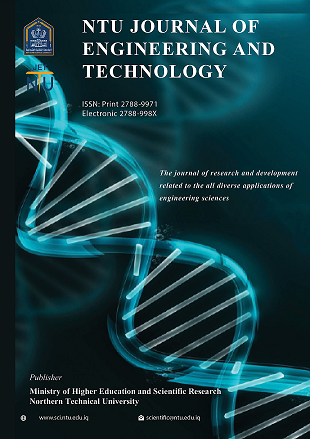Using Artificial Intelligence to classify osteoarthritis in the knee joint: Review
DOI:
https://doi.org/10.56286/ntujet.v1i3.155Abstract
Knee osteoarthritis (KOA) is a disorder that predominantly affects the cartilage in the human knee joint. In leg mobility, cartilage plays a vital function. In osteoarthritis The cartilage's top layer crumbles and impairs, causing excruciating agony. A patient with knee discomfort should see a doctor, who will assess the patient's clinical symptoms and recommend that the patient undergo radiographic imaging of the knee. In the therapy of osteoarthritis, clinical symptoms are quite important. Clinical symptoms and radiological criteria are used to do a proper examination of the disease. The breadth of the joint space, osteophytes, and sclerosis are all important radiographic criteria. Based on radiological data, the Kellgren-Lawrence (KL) scoring system is used to evaluate the severity of the condition. The KL system is the most widely used approach for grading Osteoarthritis (OA) in the knee joint into five separate classes, primarily to determine the severity of the illness. (Normal, Doubtful, Mild, Moderate, Severe).
In this review, various medical imaging technologies used to detect and identify knee osteoarthritis have been examined in detail. the automated detection of human illness recovery rates and the classification of Osteoarthritis in the knee using medical images utilizing a variety of medical image classification methods (such as magnetic resonance imaging, CT scans, and X-rays) have been investigated. This research paper included the many medical imaging procedures used.
This paper reviewed the classification methods of knee osteoarthritis (KOA) between2018-2021 using artificial intelligence techniques and showed their methods and results.











